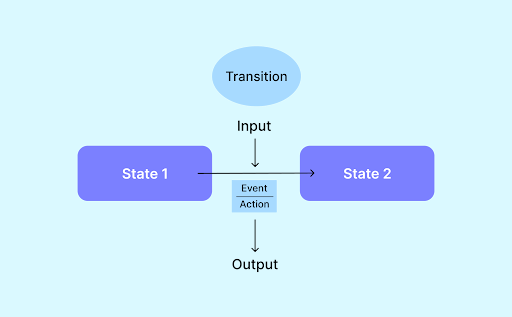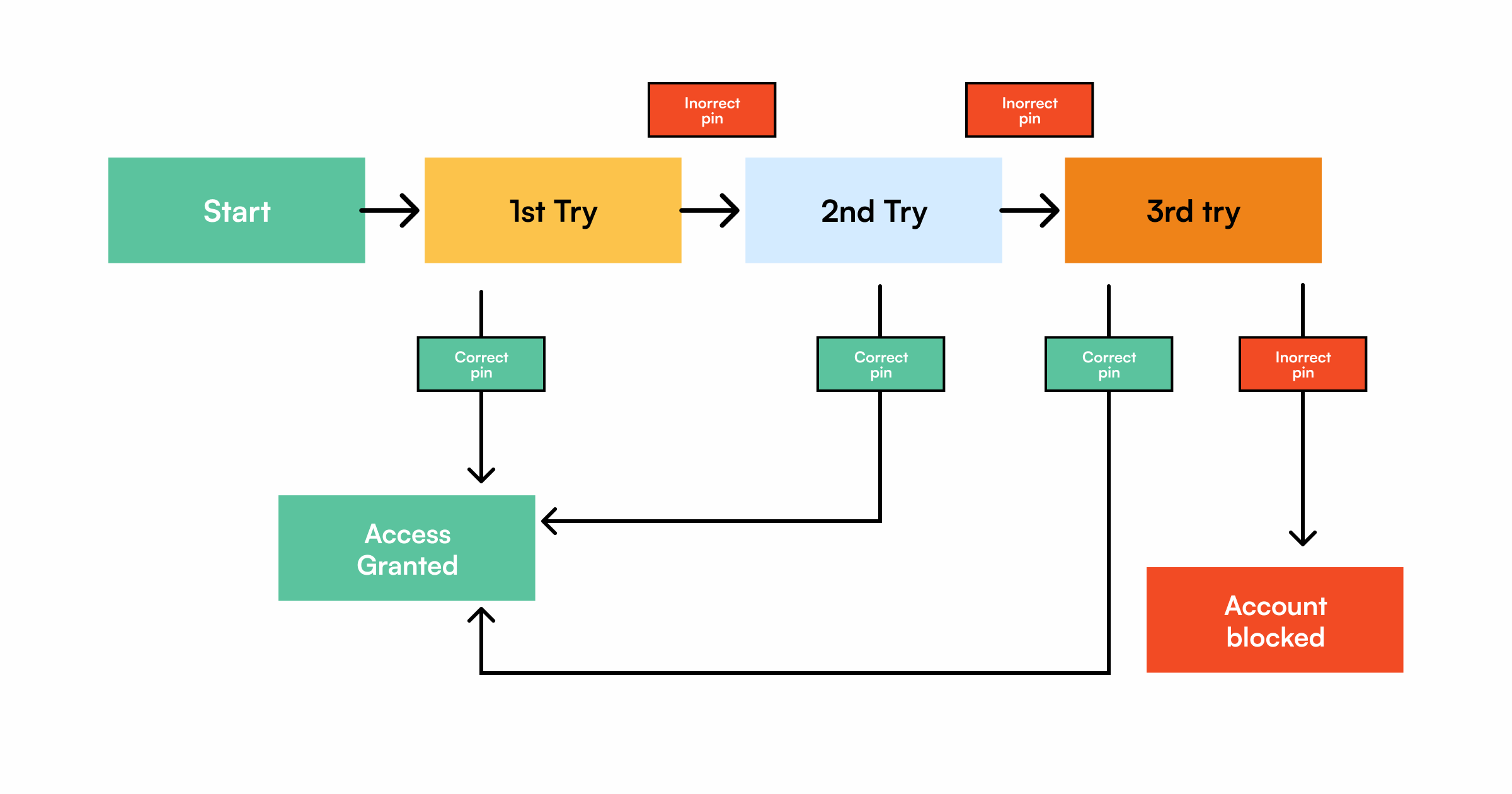Software testing is a crucial aspect of any software development process, and test design plays a major role in ensuring the effectiveness of the testing process. It refers to the process of creating test cases that can effectively validate the functionality of the software being developed. It involves identifying test scenarios, defining test conditions, and creating test cases that can detect bugs in the software. Test design is a challenging process that requires careful planning, attention to detail, and a great understanding of the product. In this article, we will discuss test design and everything you need to know about it.
Table Of Contents
What is Test Design?
Test design is a process that defines how testing has to be done. It involves the process of identifying the testing techniques, test scenarios, test cases, test data, and expected test results.
Also, testers need to be specific about the test cases they create, such as providing specific inputs, steps, and test data for each test case.
What is the Purpose of Test Design?
Software testing, like all processes, is an investment and is considered successful when it provides an ROI. To ensure, we are getting the ROI; it has to be tracked too. One factor that will create an impact on the ROI, is the effectiveness of the test strategy. An effective test design will largely dictate the effectiveness of the testing strategy, thus the ROI from the software testing process.
When to Create a Test Design?
Test design should be created once the test conditions are defined, and adequate information is available to create the test cases of both high and low levels.
Why is Test Design Important for Test Automation?
Just as Test Design is important for an effective test strategy, a well-defined test design plays an important role in the success of test automation too.
It is a crucial activity that helps determine the effectiveness of automated test cases in identifying bugs and is highly essential for quality control and testing.“More than the act of testing, the act of designing tests is one of the best bug preventers known. “ – says Boris Beizer.
For the effectiveness of test automation, you also need to have a test automation tool that supports your goals. Thus, choosing the right test automation tool is vital, as also stated by a report that said: 26% of companies consider finding the right tools for automation testing as their biggest challenge.
Here is a blog that will help you choose the right test automation tool
Testsigma is a powerful no-code test automation platform that lets you automate web, mobile, and desktop applications and APIs in one place 5 times faster. Start using Testsigma to achieve an ROI from your test automation sooner.
How is Test Design Done?
Test design is done using several test design techniques. The following is a list of some of the top design techniques,
- Equivalence Class Testing
- State Transition
- Exploratory Testing
- Boundary value analysis
- Pairwise test design
- Error guessing test design
Let’s talk about some of the top techniques in the below section.
Top Test Design Techniques
Let’s discuss the top techniques in detail.
1. Equivalence Class Testing
Equivalence class testing, also known as Equivalence Class Partitioning, is a test design technique that lets you partition your test data into equivalent classes or sections.
It aims to reduce the number of test cases required to test a product by dividing the input domain into a set of equivalence classes. You can use this whenever an input field has a range like age.
Example:
Consider a gaming website has a form that requires users to enter their age. And the form specifies that the age has to be between 18 and 60. Now, using the Equivalence Class Partitioning technique, you can divide the input range into three partitions, as follows,
- 1 to 17 (invalid)
- 18 to 60 (valid)
- >60 (invalid)
By partitioning the input range into equal partitions, you can create test cases that cover all possible scenarios. This way, you can easily make sure that your form is working correctly without testing every possible number between 18 and 60.
2. State Transitioning
It is a type of black box testing that is performed to check the change in the application’s state under various inputs. This testing is used where different system transitions have to be tested.

State Transition DiagramAbove is a state transition diagram that needs to be tested, it depicts how a system’s state changes on specific inputs. The four main components for a state transition diagram are as follows:
- States
- Transition
- Events
- Actions
State transition testing helps understand the system’s behavior and covers all the conditions. Let’s try to understand this with an example.
Example:
Consider a bank application that allows users to log in with valid credentials. But, if the user doesn’t remember the credentials, the application allows them to retry with up to three attempts. If they provide valid credentials within those three attempts, it will lead to a successful login. In case of three unsuccessful attempts, the application will have to block the account.
The below image will explain this scenario in a clear way.

3. Exploratory Testing
Exploratory testing is primarily used in Agile methods and involves outside-the-box thinking.
This process does not follow pre-defined test cases but instead involves testers using their knowledge, skills, and creativity to identify issues that may not have been anticipated by developers.
During exploratory testing, the tester will explore the software application in an unstructured way, creating and executing tests on the fly. The goal of this testing is to uncover bugs that may have been missed by other traditional testing methods.
Test Design Concepts You Must Be Familiar with
As a software tester, there are several test design concepts that you must be familiar with to create effective test cases. Here are some of the most important test design concepts,
Test Automation Pyramid
Test Automation Pyramid is a testing framework that helps developers and testers to build high-quality products. It emphasizes the importance of automation at each level. The pyramid consists of three levels, each representing a different type of testing as follows,
- Unit Tests
- Integration Tests
- End-to-End Tests

Unit testing: Here, testing is done on individual units or software modules. Each unit is tested separately to ensure that it behaves as intended and meets its requirements.Integration testing: It helps verify that different modules of a software application are working as intended when they are integrated together.End-to-End testing: It involves evaluating the entire software application, from start to finish, to ensure that all components work together as expected and meet the requirements and business objectives. Also, it enables quick feedback cycles and helps developers fix bugs in a short time. It helps save time, reduce costs, and improve the overall quality of an application.
Test Coverage and Code Coverage
Both test coverage and code coverage are two related but distinct concepts in software testing. Test coverage refers to the maximum extent to which an application has been tested.
Test coverage is calculated as follows,

For example, if you have 2000 lines of code, your test cases should be able to test the entire codebase. If only 1000 lines of code are tested out of 2000, the test coverage is 50%. Aim for 100% test coverage which means that your entire application functionality is tested to ensure a high-quality product.Code coverage specifically refers to the percentage of the code that has been covered by tests. Simply put, code coverage tells how much code is tested, and test coverage tells if your tests cover the application’s functionality or not.
Code coverage is calculated as follows,
Code Coverage Percentage = (Number of lines of code executed)/(Total Number of lines of code in an application) * 100
If the entire piece of code is tested, then you may consider that the code coverage is 100%. Good code coverage is considered a good metric for testing.
Test Suites and Test Cases
Test Suites and Test cases are interrelated terms. A test suite can be defined as a collection of test cases designed to test a specific functionality of the software. They are typically created and managed by testers.A test case is a set of instructions that defines the steps to be taken and the expected results for testing specific software functionality. Simply put, test cases are individual tests.
When you automate your test cases, Testsigma – a no-code test automation tool also supports the addition, updation, and deletion of test cases and test suites. It is very easy to create test cases using its NLP approach. It also lets you easily manage and run automated test cases on the cloud.

Summary
Test design is a vital aspect of software testing that cannot be overlooked. A well-designed test strategy can provide valuable insights into the quality of software, helping testers identify issues before they become major problems. Thus, it helps businesses save a lot of time, effort, resources, and cost in the long run.
Testing is not just about finding bugs but also about ensuring that the software meets the user’s needs and expectations. By following a structured test design approach, businesses can achieve both of these goals.
Frequently Asked Questions
What is Test Design in QA?
Test design is a stage of the software testing process where testers create test scenarios and develop test cases and test scripts.
What Are the Steps in Test Design?
Test designing involves writing and developing test cases. Testers will also have to do the following,
- Identify the test objectives
- Identify the test scenarios
- Specify the test data and expected results
- Create the test cases
- Decide on the test schedule
What is an Example of a Test Design?
Test design can be created using various test design techniques, such as equivalence classes, state transition, boundary value analysis, error guessing, etc.
Let’s consider your website has an input field that accepts values only from 1 to 10. The test condition for the above scenario would be,
- <1 – Invalid
- 1 – 10 – Valid
- >10 – Invalid
- Any three-digit number (Example – 100) – Invalid
The below image will help you understand better,

The values -1, 0, 2, 12, and 100 should be okay to test the above scenario. Here, both Equivalence classes and Boundary Value Analysis is used.










